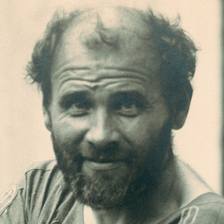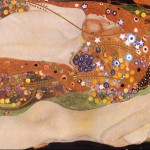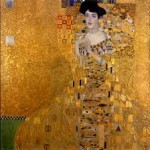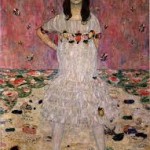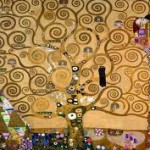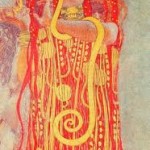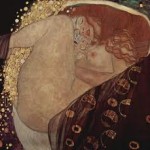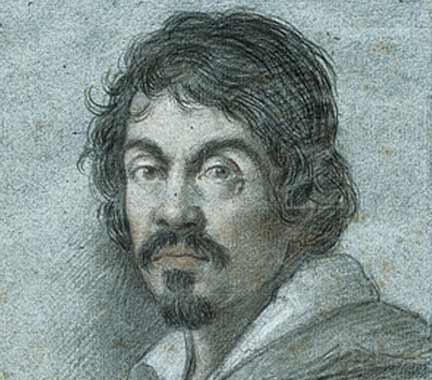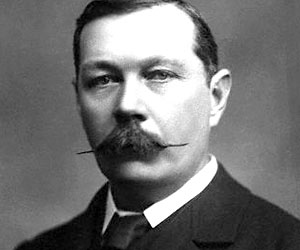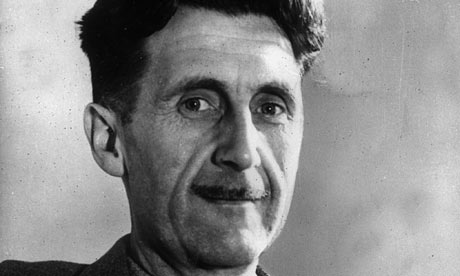In 1882, Klimt opened a studio of his own with his brother Ernst and Franz Matsch, a fellow student. They specialized on executing mural paintings. They were quite successful from the beginning and received commissions from theatres, museums and other public and semi-public institutions.
The Founder of the Vienna Secession
In 1897 Gustav Klimt founded with other artists the Vienna Secession and became its first president. By that time Klimt had developed his own characteristic style, which would became the trademark of the movement. Like Impressionism, Art Nouveau was an international revolt against the traditional academic art style.
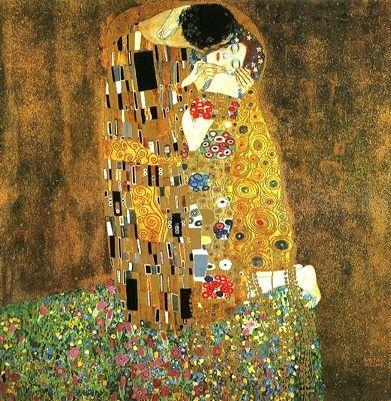 The Kiss
The Kiss
Gustav Klimt’s style is highly ornamental. The Art Nouveau movement favoured organic lines and contours. Klimt used a lot of gold and silver colours in his art work – certainly an heritage from his father’s profession as a gold and silver engraver.
Klimt’s works of art were a scandal at the time because of the display of nudity and the subtle sexuality and eroticism. His best known painting The Kiss, was first exhibited in 1908. As everything coming out of Klimt’s hands, it was highly controversial and admired at the same time.
The artist created few paintings on traditional canvas. He saw himself more as a mural painter and decorative artist. He designed posters and worked as an illustrator for magazines. The best known Ver Sacrum (The Rite of Spring). Ver Sacrum was more than a magazine. It was a building where artists could exhibit their works and publish their ideas in the magazine. Ver Sacrum was published from 1898 to 1903.
From 1900 to 1903 Gustav Klimt worked on commissions by the Vienna University for a series of ceiling murals. For his mural works Klimt used a wide variety of media – metal, glass and ceramics.
The Austrian Emperor Franz Joseph II disliked Klimt’s art work and the Secessionists deeply. His drivers had orders not to pass any buildings showing Secessionist art.
The Split from the Secessionists
In 1905 Gustav Klimt left the Vienna Secession after quarrels and disagreements with another member, Josef Hofmann. Klimt continued his path. He went into design works for fashion and jewellery.
Prints and Posters
The graphic works of the Vienna Secessionists were edited in very small numbers. Consequently they are rare today. Posters by Klimt are the most sought after. An original poster is not available below a five digit dollar price. There are reprints and fakes on the market.
Graphic works by the Vienna Secessionists and especially by Klimt are not markets for new collectors and for art enthusiasts with a limited budget.

